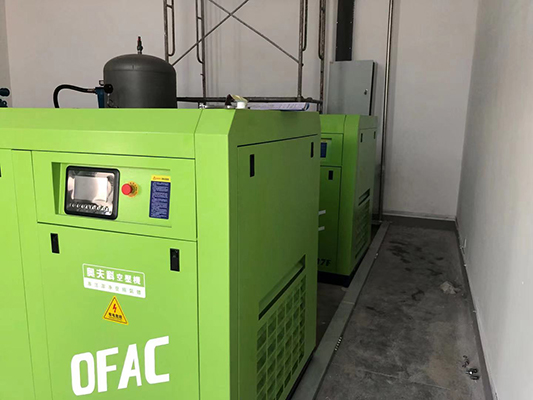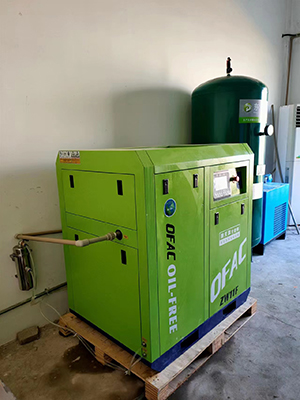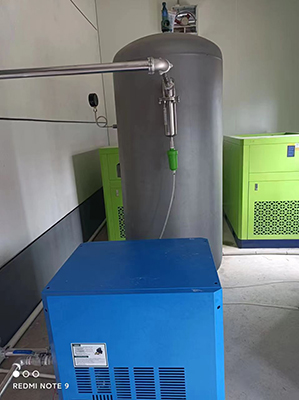low pressure air compressor for painting small projects like furniture and DIY crafts
News 2025-10-24
Low pressure air compressors play a vital role in painting applications, especially for small-scale projects such as refinishing furniture and creating DIY crafts. These devices deliver air at reduced pressures, ensuring precise control and minimizing risks like overspray or surface damage. In industrial contexts, they enhance efficiency by reducing energy consumption and waste, making them ideal for both hobbyists and professionals who seek reliable performance in controlled environments.

Application Scenarios
Low pressure air compressors excel in various settings, including painting wooden furniture where gentle air flow preserves delicate finishes. They are also essential for DIY crafts, such as airbrushing custom designs on items like signs or decorative pieces, allowing for intricate work without equipment bulk. In small industrial operations, these compressors support tasks like automotive detailing or prototype painting, offering versatility that adapts to space-limited workshops and boosts productivity.
Performance Advantages
Key benefits include improved energy efficiency, with lower power usage that cuts operational costs while maintaining effective air delivery for painting. Their reduced noise levels make them suitable for home or shared spaces, enhancing user comfort. Additionally, the controlled pressure minimizes paint atomization, leading to even coatings and less material waste, which is crucial for sustainable practices in both recreational and professional painting processes.
Frequently Asked Questions
1. What is the best pressure setting for small painting projects?
For tasks like furniture or DIY crafts, 20-40 PSI ensures optimal spray control and finish quality.
2. Can these compressors handle other applications besides painting?
Yes, they work well for inflating, cleaning, or light pneumatic tools, adding to their utility.
3. How do low pressure compressors improve safety?
They reduce the risk of high-velocity spray, lowering injury potential and exposure to harmful fumes.


